TABLE OF CONTENTS
When cooking at home daily, it is essential to have a cutting board at hand. Many dishes require you to cut from vegetables to meat or fish. Anyone who has ever been in a kitchen knows that cutting boards are commonly made of wood. Although they can be manufactured with other materials, wood remains the material par excellence.
It seems to be the best cutting board material and is deeply ingrained in our minds. But why? Is it the best choice out there? Everyone has their own tastes, but it may be more interesting and safer to use a cutting board material in particular in terms of food safety. And that is wood.
Why Wood?
Wood is one of the most suitable materials for manufacturing kitchen cutting boards. They are hygienic, comfortable to work with, and made of a natural product. Wood is a soft material that will not damage the cutting edge of your kitchen knives. In addition, wood is a living material - it is flexible and will reseal itself.
Often, wooden cutting boards are made of beech, birch, bamboo, or walnut. The main advantage of a large wooden cutting board is that it is nice and firm on your countertops and will not slide around when you use the knife. However, a wooden cutting board is not dishwasher safe and requires specific maintenance.
In addition, there are hundreds of different woods, each with its own characteristics. Choosing the right one for your chopping board is not a trivial task. It is important for several reasons: hygiene, service life, keeping knives sharp, or optimizing cutting capacity.
What characteristics must wood have to be used as a cutting board?
The hardness of the wood
Often a hardwood offers advantages over a soft one. One of the main reasons is that it will have a longer life and scratch less. But we can also err on the side of excess, which would result in speeding up the scraping of knives and other kitchen utensils. Ideally, you should search for hardwood, but not so much as to cause these problems.
Grain size and hygiene
Wood is a porous material. That is, it has small pores (grain) invisible to our naked eye. Its size varies depending on the type or species of wood. The larger the pore, the easier it is for liquids and bacteria to settle in. Therefore, it is ideal to opt for fine-grained or small-pored woods.
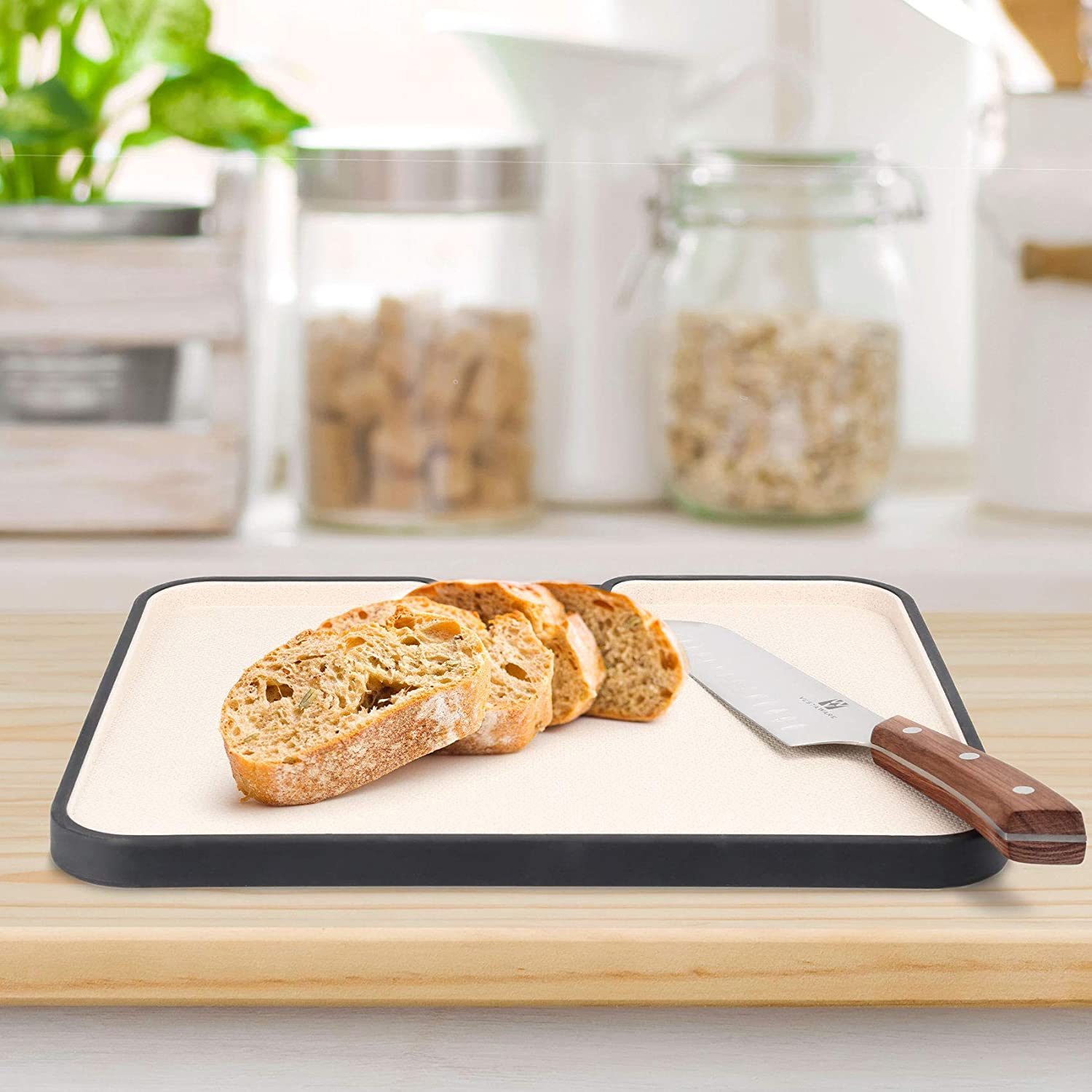
Wood vs. Plastic
Wooden boards are more resistant than plastic ones since knives don't tend to damage them as easily. However, as mentioned above, the type of wood used in their manufacture is an important factor, with fine-grained hardwoods such as maple being more advisable, according to the U.S. FDA.
Although plastic boards are easier to clean and sanitize, they are less durable than wooden ones. Once a plastic board is damaged, it is very easy for microorganisms to hide in that location. Therefore they will not be properly clean - and safety will be compromised. On the other hand, Wooden boards tend to withstand better the passage of time and usage.
There are several studies on this subject. For example, a study published in the Journal of Food Protection in 1994 suggested that wooden cutting boards, regardless of whether they were used or not, had fewer bacteria after cleaning than used plastic boards.
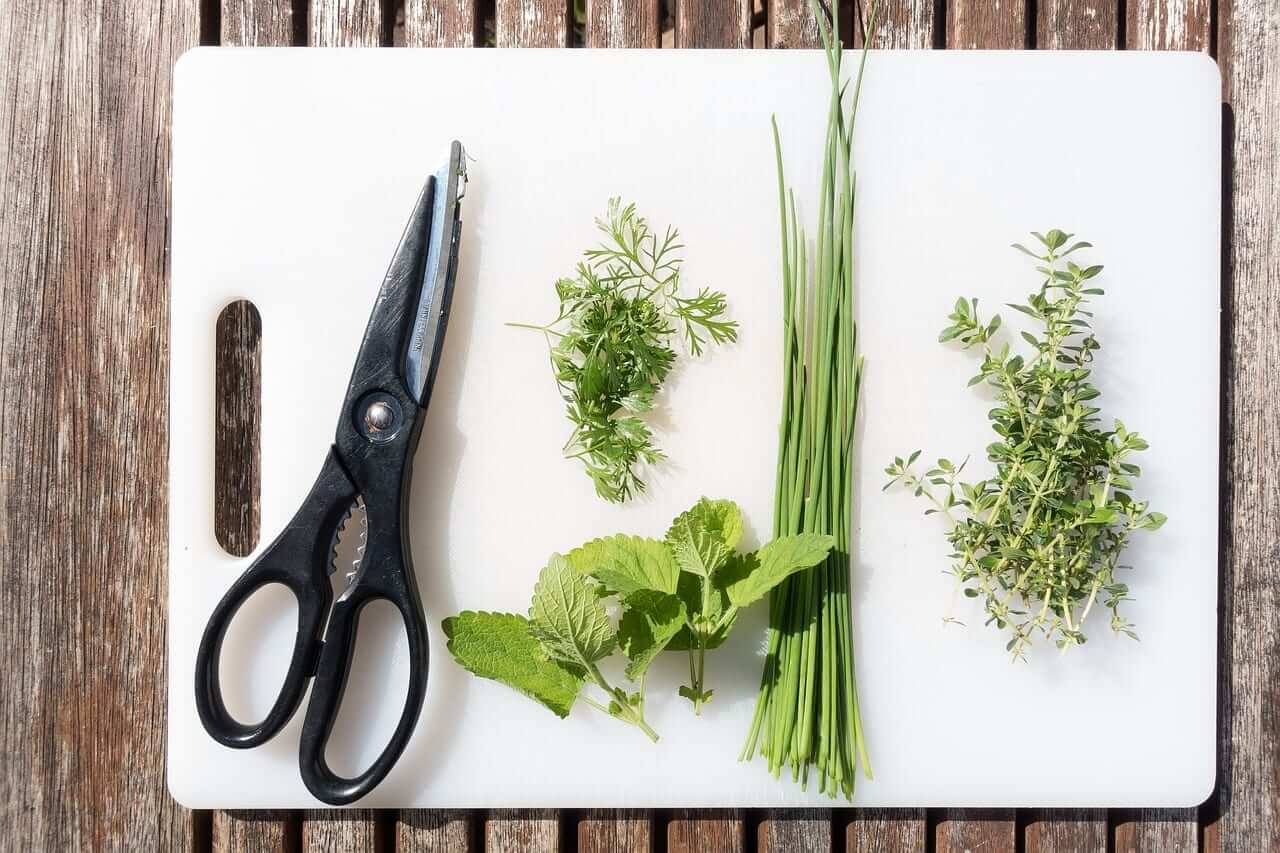
Wood vs. Rubber
Rubber doesn't sound like an elegant or useful material for a cutting board at first. But the truth is that some chefs love it.
Rubber can mimic the attributes of wood by being heavyweight and robust while remaining delicate enough to keep a knife's cutting edge. Self-healing characteristics are also known to exist in the material. Rubber boards are very low-maintenance, can withstand most food-safe cleaning techniques, and are frequently dishwasher safe.
Rubber, anyway, can and will melt. It can't be used as a serving platter or under a hot serving dish - not that its industrial aspect encourages you to do so. Most home chefs are better off with a high-quality wooden cutting board because a rubber cutting board is around the same price as the original wooden kind.
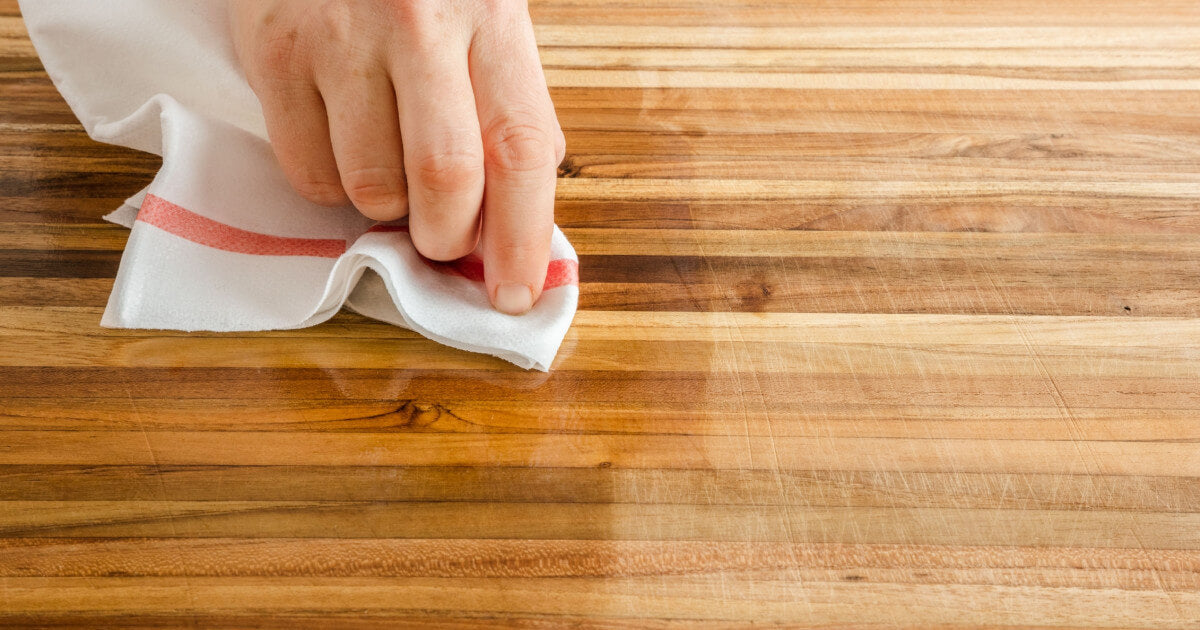
Wood vs. Bamboo
Bamboo has become one of the most widely used materials for manufacturing cutting boards in the last few years.
Bamboo is a fast-growing plant; it is generally produced organically because its development is easy and its growth rate is high. Thus, it is considered a sustainable and highly renewable source. Bamboo cutting boards have a particularly high density, which means they offer greater resistance to water absorption. They are said to be so hard that they can damage our knives, causing them to lose their edge much faster than traditional wooden cutting boards.
One of the main reasons bamboo cutting boards have gained popularity in recent years is because they require little maintenance, again, due to the high density they boast. Because they do not retain water, they are less likely to warp or crack.
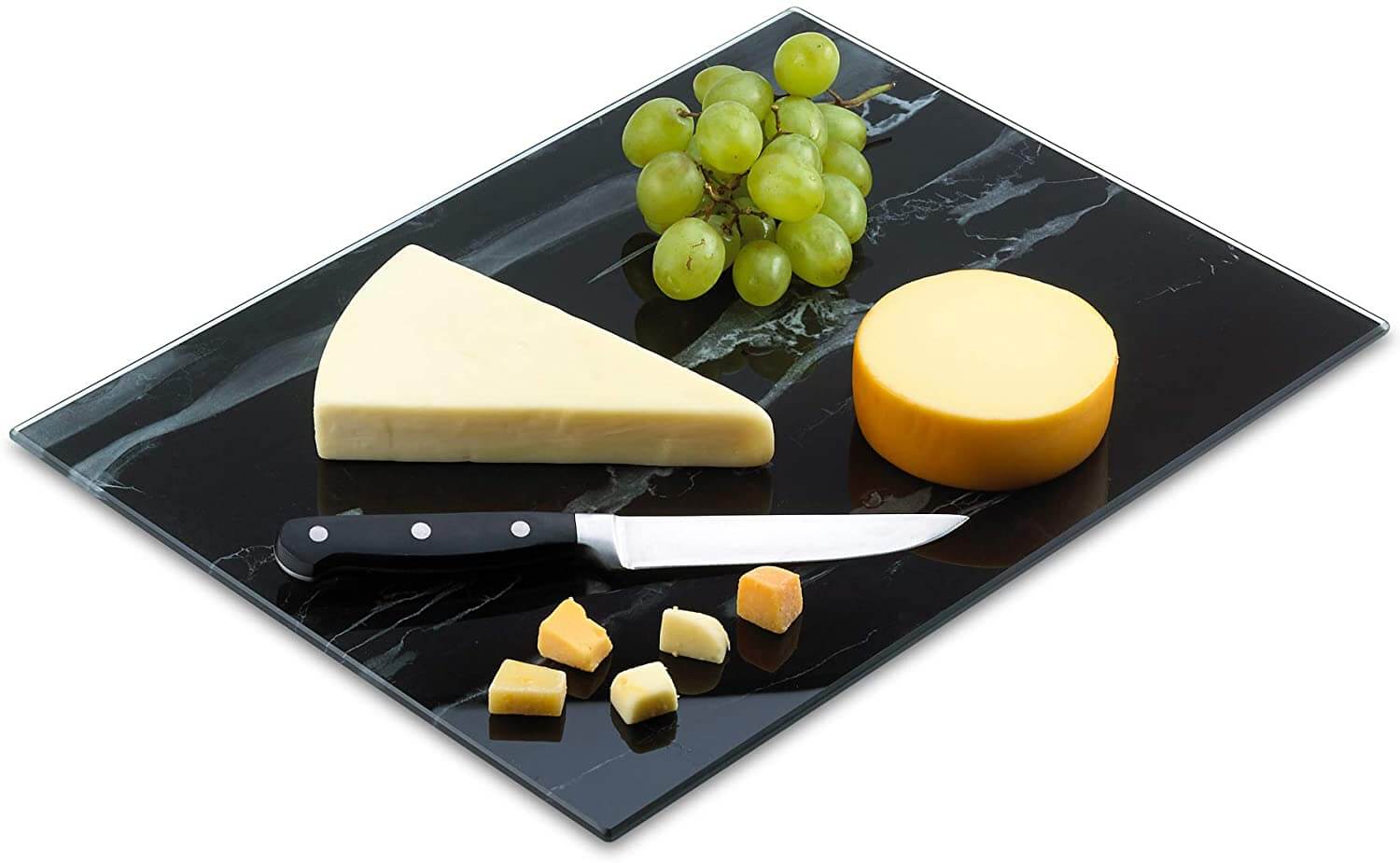
Wood vs. Glass Or Marble
It is very easy to be seduced by the beauty and elegance of these materials, but we must consider other factors.
Marble cutting boards are more durable than wood or bamboo, as it is a harder and more resilient material. But they are not suitable for cutting. It's like chopping directly on the countertop - the worst possible scenario for our knives.
These boards are highly recommended for serving food because the presentation is exquisite. But when it comes to cutting vegetables, meat, or fish, it is better to opt for a classic wooden one.

Care for your wooden cutting board
Now that we have reviewed the characteristics of some of the most common materials used to fabricate cutting boards and established that wood is the best cutting board material, we must remember that they require specific maintenance.
Cutting boards require periodic oiling, approximately every 2-3 months, using food-grade mineral oil. There are also other finishes such as wax or food-grade oils. What this oiling does is moisturize the wood to reduce its natural tendency to shrink or warp when humidity levels vary. Not all woods behave the same - some tend to shrink or warp more than others. To reduce the need for oiling, it is advisable to use woods with a lower tendency.
Regarding cleaning, scrape off all remaining food residue from the surface after each use to keep a wood board clean. Then simply hand wash with warm water and soap before allowing to air dry entirely. Cutting boards made of wood should not be submerged in water and should not be put inside the dishwasher.
To clean wooden cutting boards, some experts recommend the use of kosher salt in case of heavy stains, then rinsing it with hot soapy water and drying it quickly.
Wooden boards can also be sanitized with a tablespoon of bleach and a small amount of water, rinsing the board with clean water and drying it quickly, as advised by the U.S. Department of Agriculture and Food Safety.


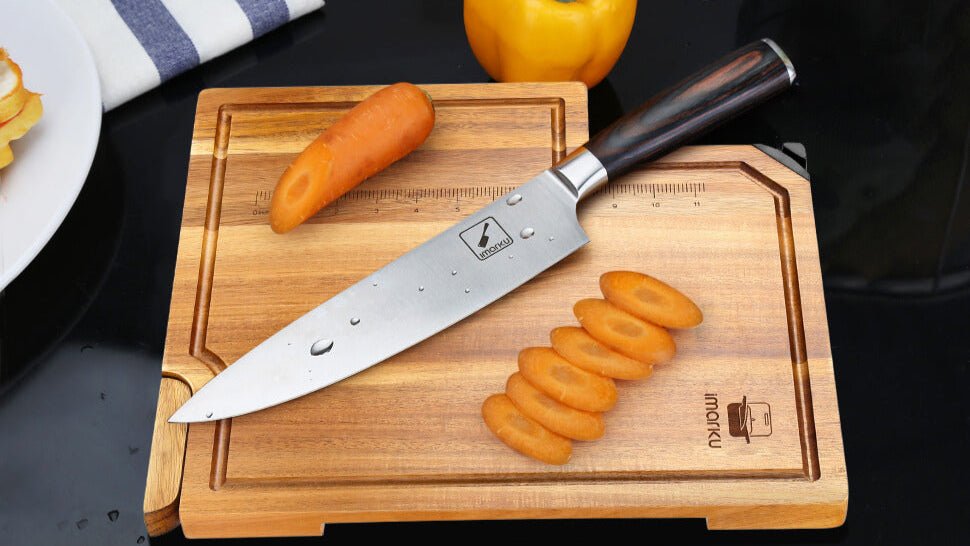

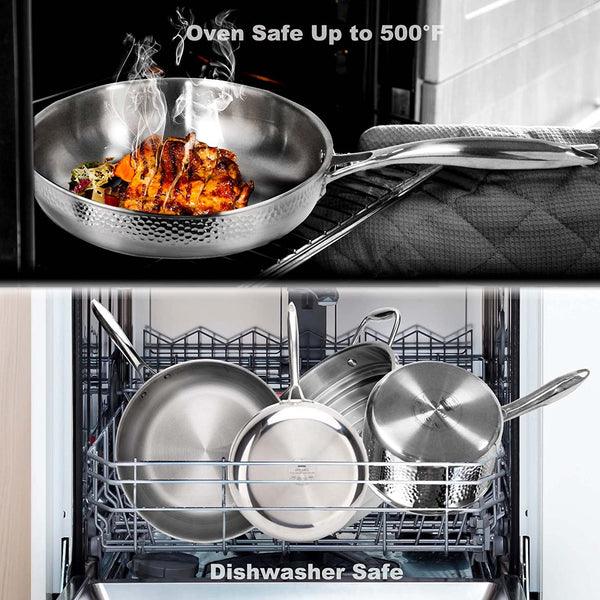

















Leave a comment
All comments are moderated before being published.
This site is protected by hCaptcha and the hCaptcha Privacy Policy and Terms of Service apply.